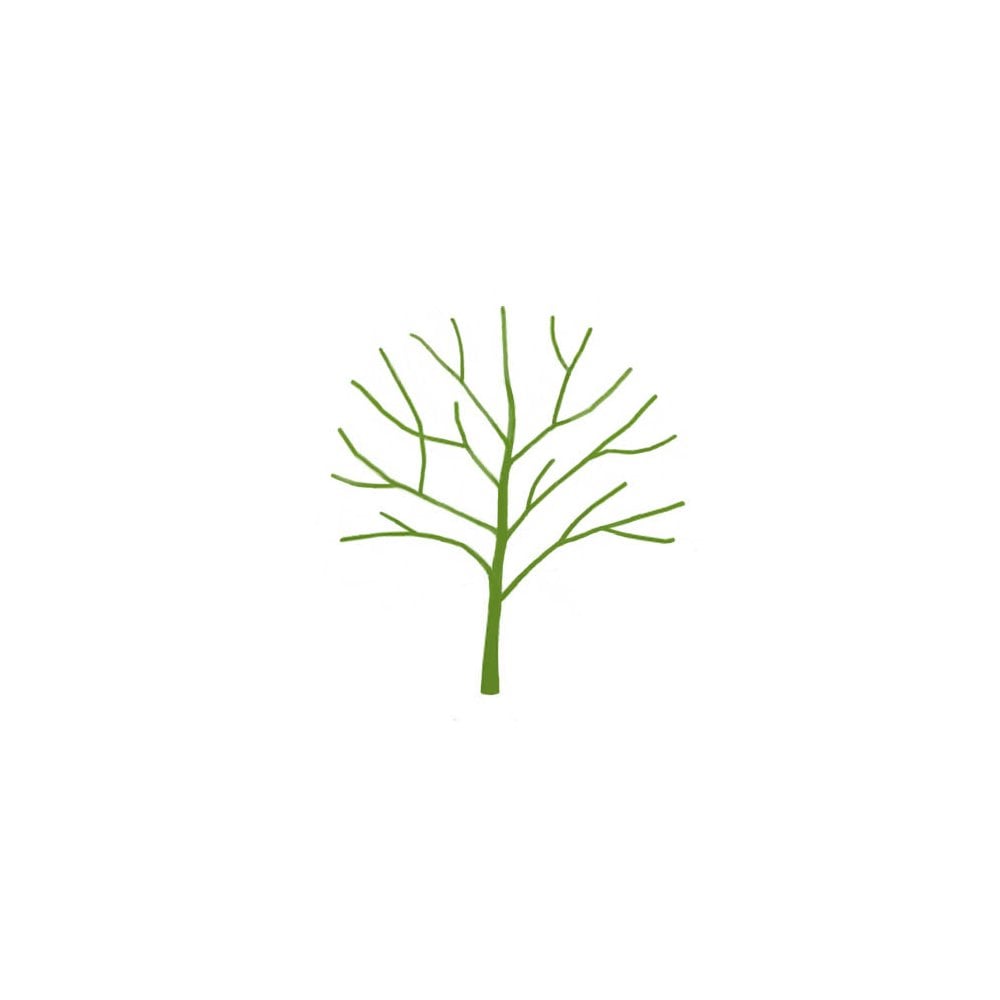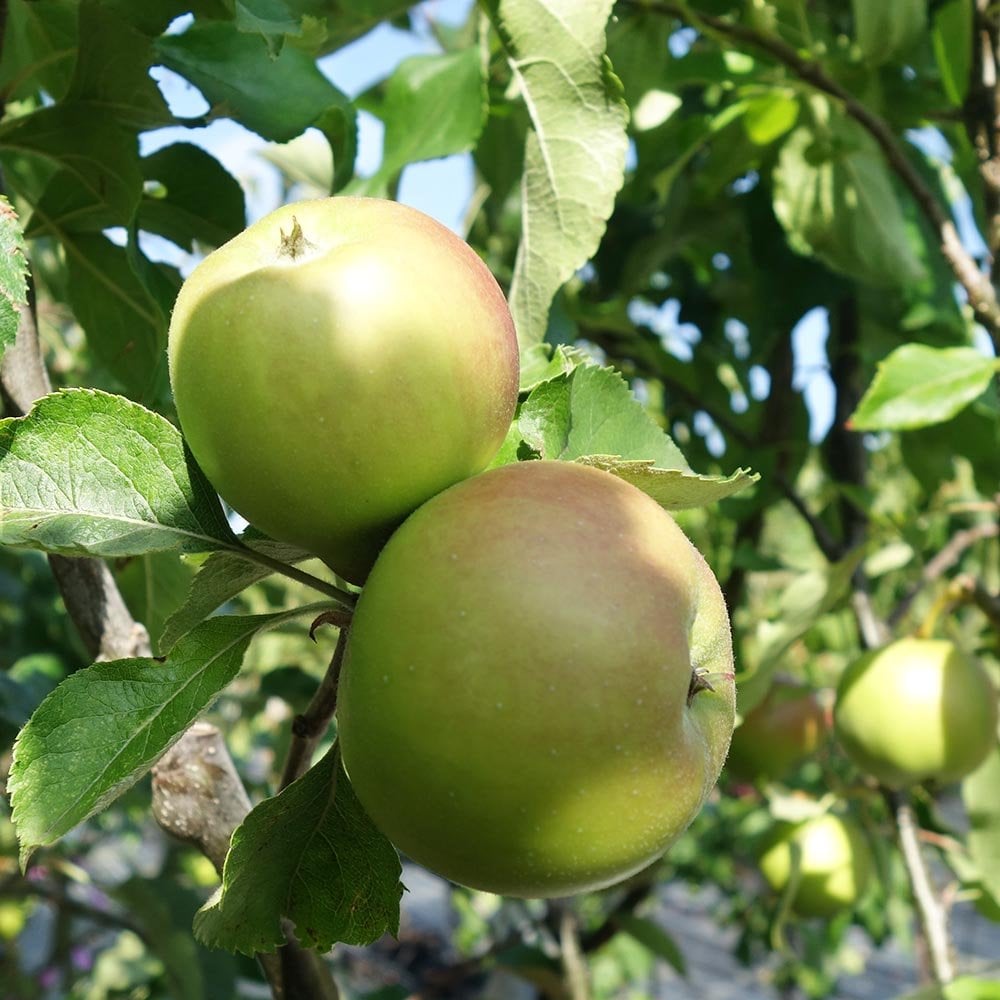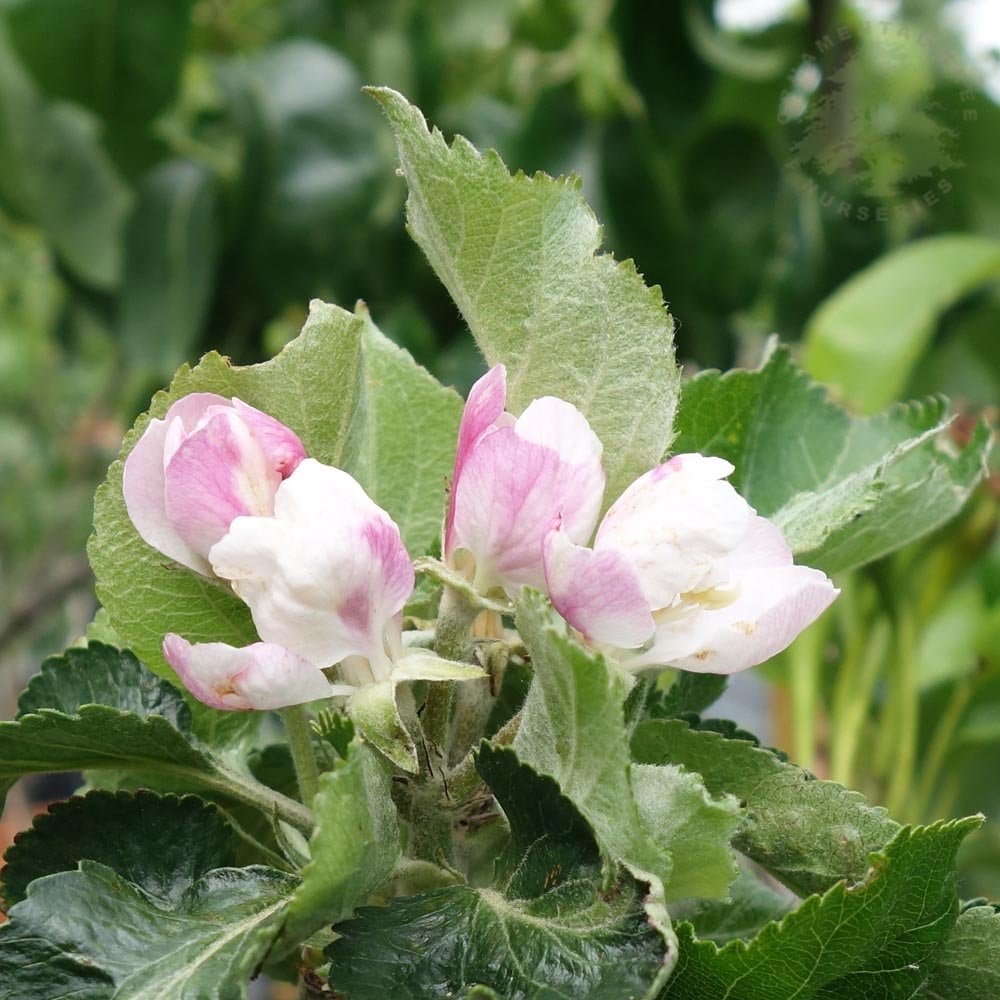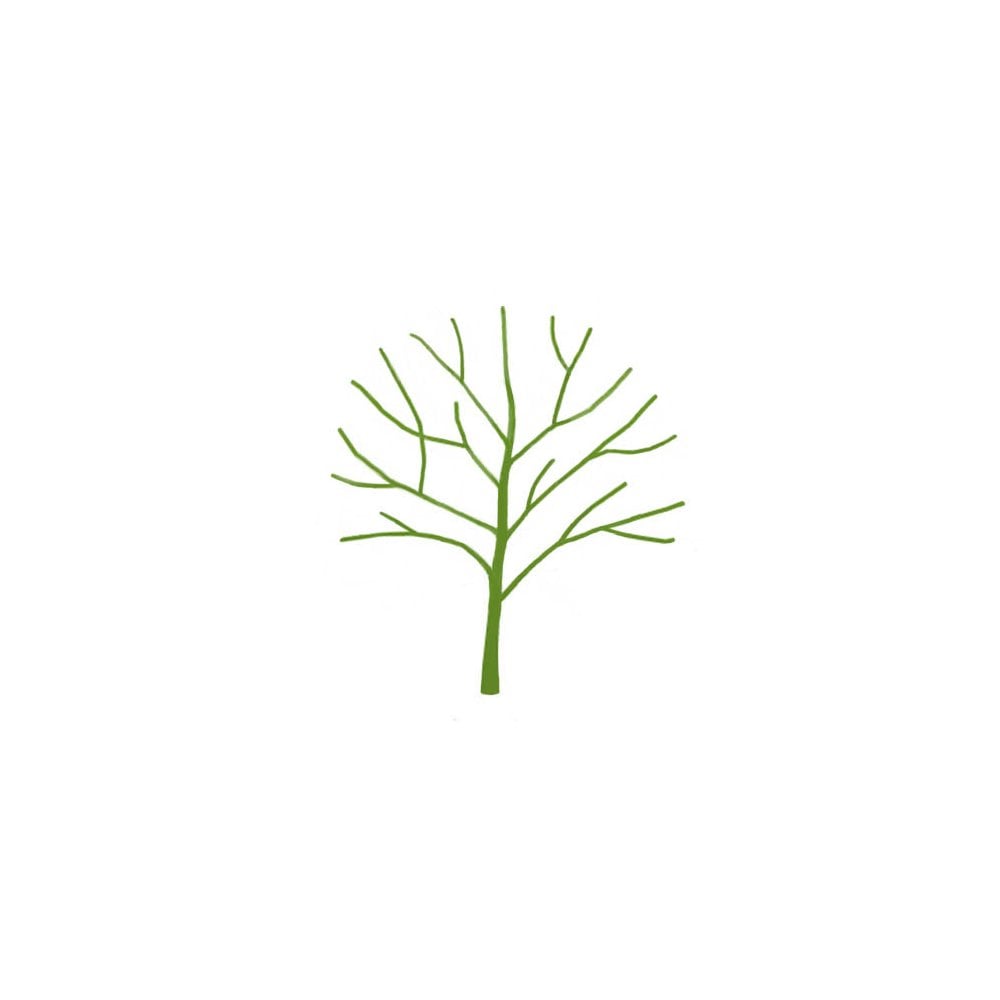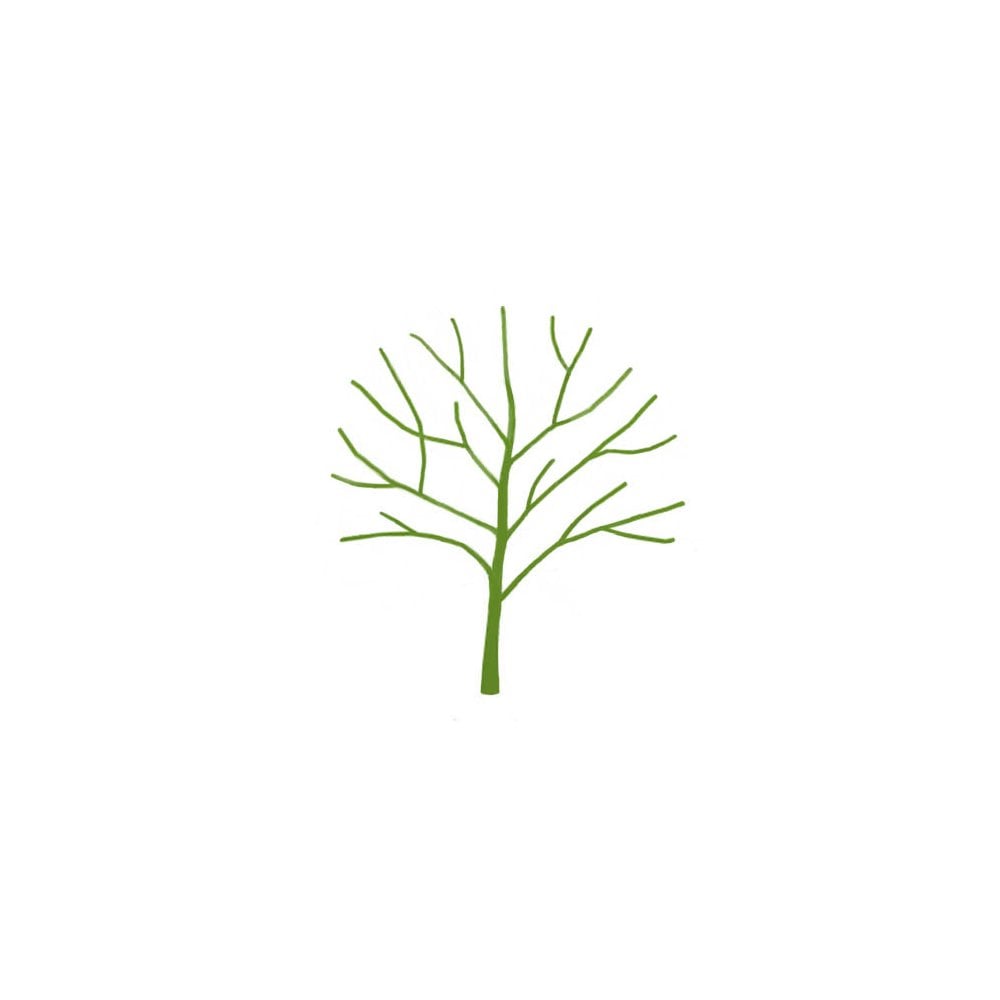Bramley 20 Apple Tree
Bramley 20 Apple Tree
Cooking Apple Trees

Bramley 20 Apple Tree
Cooking Apple Trees
Key features




Description
Bramley 20 apple trees have the same great taste as 'Bramley Seedling' but they are smaller trees better suited to gardens. Despite being 20% less vigorous than their popular counterpart, they actually provide heavier crops of fruit for harvesting in October. Bramley 20 is a superb cooker, with the green skin sporting red flushes and the acidic pale flesh having excellent taste when cooked.
This variety is from Bristol in 1970 and is also known as "Bramley Clone 20". As a triploid apple tree, Bramley 20 will require two pollinators or one self fertile pollinator in groups B, C or D within half a mile i.e. just about any other apple tree in the area will pollinate the pretty spring blossom of this tree.
Malus domestica 'Bramley 20' originates from Bristol around 1970.
Nigel's Nursery Notes: In addition to our regular rootstocks, we offer this apple tree on a very-dwarf rootstock which is ideal for containers or tiny gardens.
| Small shrubs (1-3) | Young trees & 4+ small shrubs | Select semi-mature trees & shrubs (1-4) | All other mature trees (any quantity) | |
|---|---|---|---|---|
| Mainland UK ex. Scottish Highlands | £10 | £12 | £35 | from £55 |
| Scottish Highlands & the Islands | From £30 | |||
| Outside Mainland UK | Currently we are unable to deliver outside of Mainland UK | |||
Product Details
Key features




Description
Bramley 20 apple trees have the same great taste as 'Bramley Seedling' but they are smaller trees better suited to gardens. Despite being 20% less vigorous than their popular counterpart, they actually provide heavier crops...
Bramley 20 apple trees have the same great taste as 'Bramley Seedling' but they are smaller trees better suited to gardens. Despite being 20% less vigorous than their popular counterpart, they actually provide heavier crops of fruit for harvesting in October. Bramley 20 is a superb cooker, with the green skin sporting red flushes and the acidic pale flesh having excellent taste when cooked.
This variety is from Bristol in 1970 and is also known as "Bramley Clone 20". As a triploid apple tree, Bramley 20 will require two pollinators or one self fertile pollinator in groups B, C or D within half a mile i.e. just about any other apple tree in the area will pollinate the pretty spring blossom of this tree.
Malus domestica 'Bramley 20' originates from Bristol around 1970.
Nigel's Nursery Notes: In addition to our regular rootstocks, we offer this apple tree on a very-dwarf rootstock which is ideal for containers or tiny gardens.
Planting & Care
Delivery Information
| Small shrubs (1-3) | Young trees & 4+ small shrubs | Select semi-mature trees & shrubs (1-4) | All other mature trees (any quantity) | |
|---|---|---|---|---|
| Mainland UK ex. Scottish Highlands | £10 | £12 | £35 | from £55 |
| Scottish Highlands & the Islands | From £30 | |||
| Outside Mainland UK | Currently we are unable to deliver outside of Mainland UK | |||
MORE TO GROW YOUR GARDEN


























